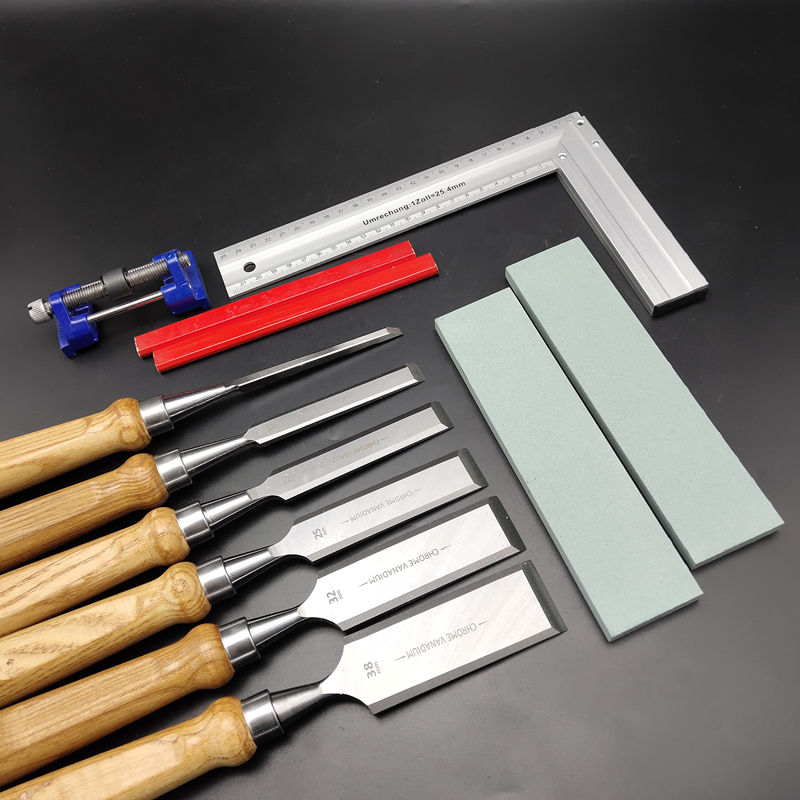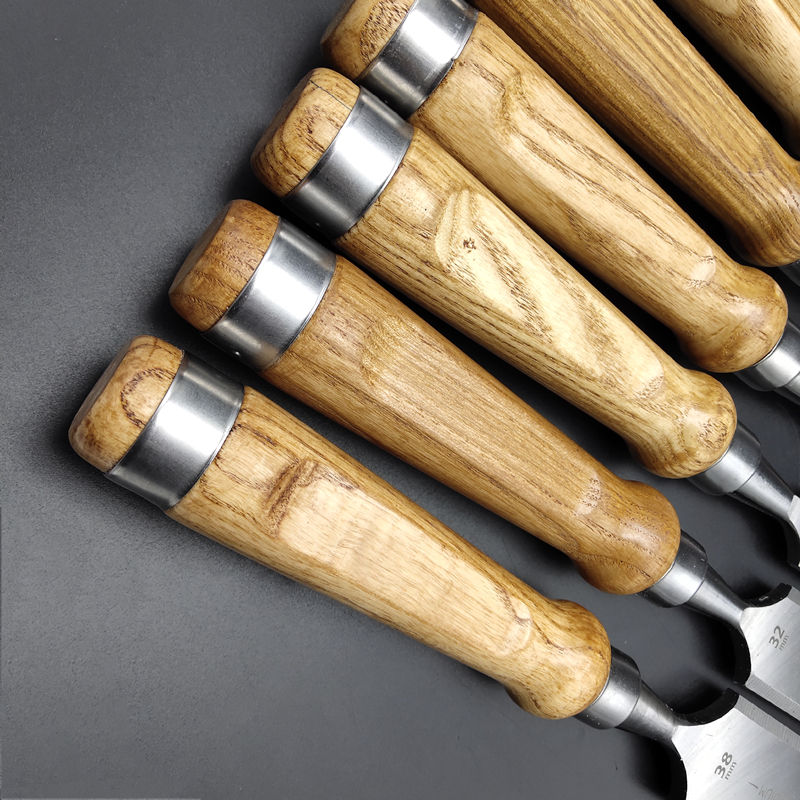Customizing wooden handles for comfort can significantly elevate your DIY experience by making your tools more ergonomic and user-friendly. Creating handles that are tailored to your grip, hand size, and preferred working style can enhance control, reduce fatigue, and make your DIY projects more enjoyable. Here’s how you can customize wooden handles for maximum comfort:
1. Hand Measurements: Measure your hand size to determine the dimensions of the handle that will provide the best fit. Consider the length and diameter of the grip area.
2. Grip Shape: Experiment with different grip shapes, such as cylindrical, oval, or ergonomic contours. The grip should naturally match the shape of your hand.
3. Finger Grooves and Ridges: Incorporate finger grooves or ridges that provide comfortable resting places for your fingers. These features improve grip stability and control.
4. Material Selection: Choose a wood species that feels comfortable in your hand. Some woods have a smoother texture, while others offer a more tactile feel.
5. Handle Length: Consider the length of the handle in relation to the tool’s intended use. Longer handles may offer better leverage, while shorter handles are more suitable for precision work.
6. Ergonomic Considerations: Study ergonomic principles to understand how different handle shapes and sizes affect hand posture and wrist alignment.
7. Prototype and Test: Create prototypes of different handle designs and test them during your DIY tasks. Evaluate how each handle feels and performs in real-world scenarios.
8. Feedback from Users: If you’re customizing handles for others, gather feedback from users with different hand sizes and preferences to create handles that cater to a wider range of needs.
9. Custom Carving and Texturing: Carve intricate patterns or textures on the handle to enhance grip and add a unique touch. Ensure that these features don’t cause discomfort during use.
10. Balance and Weight: Consider the balance of the tool when customizing handles. A well-balanced tool reduces strain and fatigue during use.
11. Individual Preferences: Remember that comfort is subjective, so what works for one person might not work for another. If customizing handles for others, be open to their input.
12. Multi-Tool Handles: For tools with interchangeable heads, design handles that allow for easy swapping while maintaining consistent comfort.
13. Regular Testing: As you work on DIY projects, continuously assess the comfort and functionality of the customized handles. Make adjustments as needed.
14. Iterative Improvement: Use the feedback you receive and your own experience to iterate and improve your handle designs over time.
Customizing wooden handles for comfort is a rewarding process that transforms tools into extensions of your hands. The effort you invest in creating handles that fit your grip and working style pays off by making your DIY projects more efficient, enjoyable, and satisfying.


